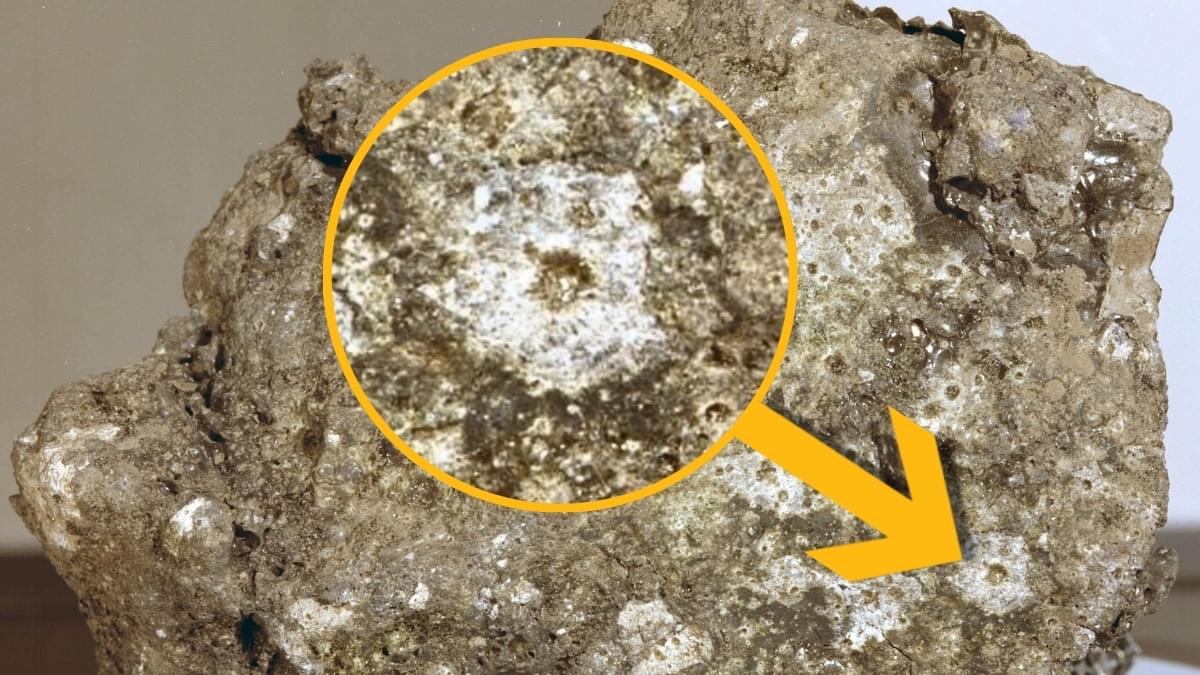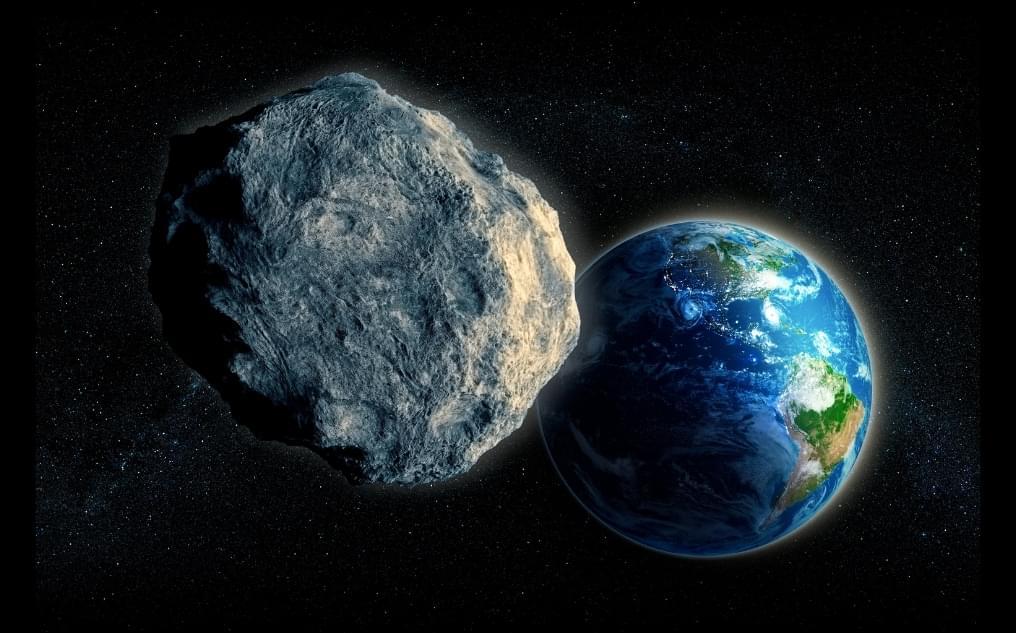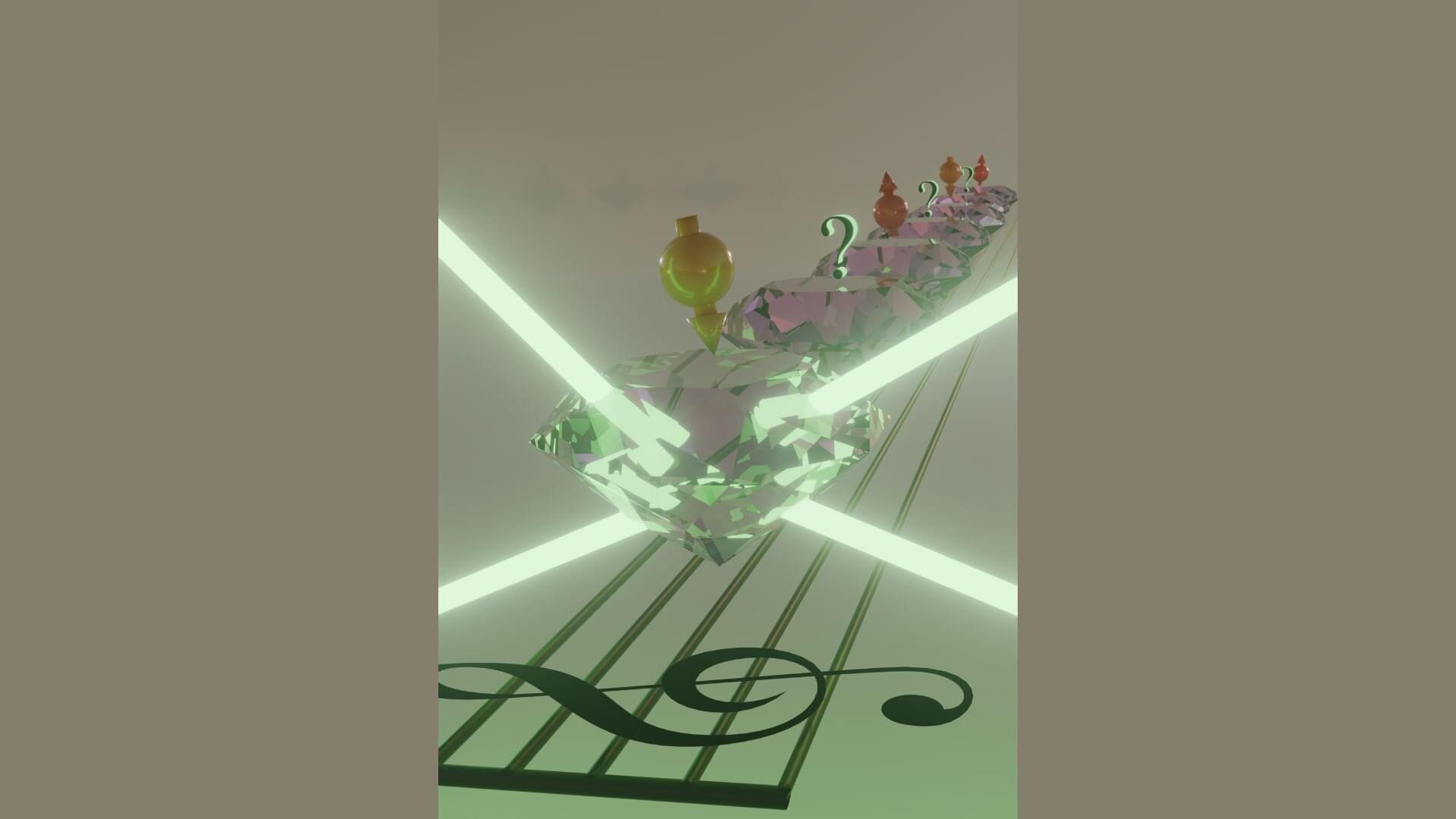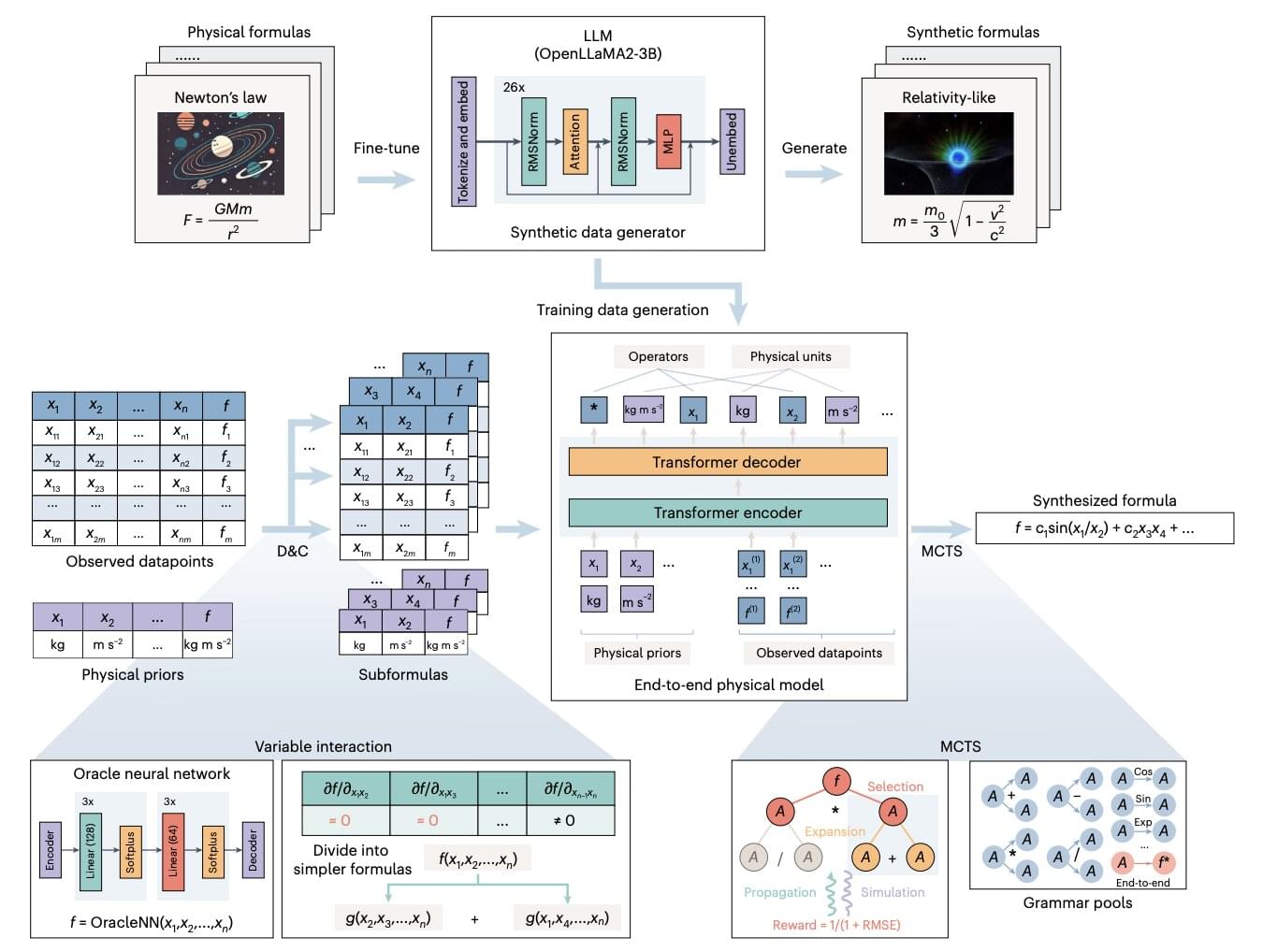What can sub-Neptune exoplanets teach astronomers about finding life beyond Earth? This is what a recent study published in The Astronomical Journal hopes | Space



A research team at the Jülich Supercomputing Center, together with experts from NVIDIA, has set a new record in quantum simulation: for the first time, a universal quantum computer with 50 qubits has been fully simulated—a feat achieved on Europe’s first exascale supercomputer, JUPITER, inaugurated at Forschungszentrum Jülich in September.
The result surpasses the previous world record of 48 qubits, established by Jülich researchers in 2022 on Japan’s K computer. It showcases the immense computational power of JUPITER and opens new horizons for developing and testing quantum algorithms. The research is published on the arXiv preprint server.
Quantum computer simulations are vital for developing future quantum systems. They allow researchers to verify experimental results and test new algorithms long before powerful quantum machines become reality. Among these are the Variational Quantum Eigensolver (VQE), which can model molecules and materials, and the Quantum Approximate Optimization Algorithm (QAOA), used for optimization problems in logistics, finance, and artificial intelligence.


We know of three interstellar objects (ISO) that have visited our inner Solar System. Oumuamua was the first one, and it came and went in 2017.
2l/Borisov, an interstellar comet, was next, appearing in 2019. And right now, the interstellar comet 3I/Atlas is enjoying a visit to the Sun-warmed inner Solar System.
A massive number of ISOs must have passed through our Solar System during its long, 4.6 billion-year history. It’s possible that some of them slammed into Earth.

Let me start this quantitative discussion with the conservative assumption that the interstellar object 3I/ATLAS is a natural comet, and work out its properties based on its latest post-perihelion image.
The large-scale image of 3I/ATLAS reported here on November 9, 2029 shows multiple jets reaching out to ~1 million kilometers towards the Sun and ~3 million kilometers in the opposite direction, as discussed here.
For a natural comet, the outflow velocity of the jets is expected to be 0.4 kilometers per second, of order the sound speed of gas at the distance of 3I/ATLAS from the Sun. At that speed, the jets must have persisted over a timescale of 1–3 months.
A lot can happen in 55 years.

In a new study published in Nature Physics, researchers achieved the first experimental observation of a time rondeau crystal—a novel phase of matter where long-range temporal order coexists with short-time disorder.
Named after the classical musical form where a repeating theme alternates with contrasting variations (like Mozart’s Rondo alla Turca), the time rondeau crystal exhibits perfectly periodic behavior at specific measurement times while showing controllable random fluctuations between those intervals.
“The motivation for this research stems from how order and variation coexist across art and nature,” explained Leo Moon, a third-year Applied Science and Technology Ph.D. student at UC Berkeley and co-author of the study. “Repetitive periodic patterns naturally arise in early art forms due to their simplicity, while more advanced music and poetry build intricate variations atop a monotonous background.”

In mathematical analysis, the Kakutani fixed-point theorem is a fixed-point theorem for set-valued functions. It provides sufficient conditions for a set-valued function defined on a convex, compact subset of a Euclidean space to have a fixed point, i.e. a point which is mapped to a set containing it. The Kakutani fixed point theorem is a generalization of the Brouwer fixed point theorem. The Brouwer fixed point theorem is a fundamental result in topology which proves the existence of fixed points for continuous functions defined on compact, convex subsets of Euclidean spaces. Kakutani’s theorem extends this to set-valued functions.

Artificial intelligence (AI) systems, particularly artificial neural networks, have proved to be highly promising tools for uncovering patterns in large amounts of data that would otherwise be difficult to detect. Over the past decade, AI tools have been applied in a wide range of settings and fields.
Among its many possible applications, AI systems could be used to discover physical relationships and symbolic expressions (i.e., mathematical formulas) describing these relationships.
To uncover these formulas, physicists currently need to extensively analyze raw data, thus automating this process could be highly advantageous.

Today, a magnificent large-scale image of the interstellar object 3I/ATLAS, was reported here by Frank Niebling and Michael Buchner. The stacked image combines a series of 5 exposures, each lasting 3 minutes, from two telescopes (TEC 140/f5 and ASI 6200MM) between 5:08–5:22 UT on November 9, 2025.
The image shows two anti-tail jets out to 10 arcminutes towards the Sun accompanied by a longer collimated jet, extending away from the Sun out to an angular separation of 30 arcminutes, roughly the diameter of the Sun or the Moon.
At the current distance of 3I/ATLAS from Earth, 326 million kilometers, these angular extents correspond to spatial sizes of 0.95 million kilometers for the sunward anti-tail jets and 2.85 million kilometers for the tail jet away from the Sun. This enormous spatial scale is three orders of magnitude larger than the scale of the glowing halo around 3I/ATLAS in the Hubble Space Telescope image from July 21, 2025 (reported here).